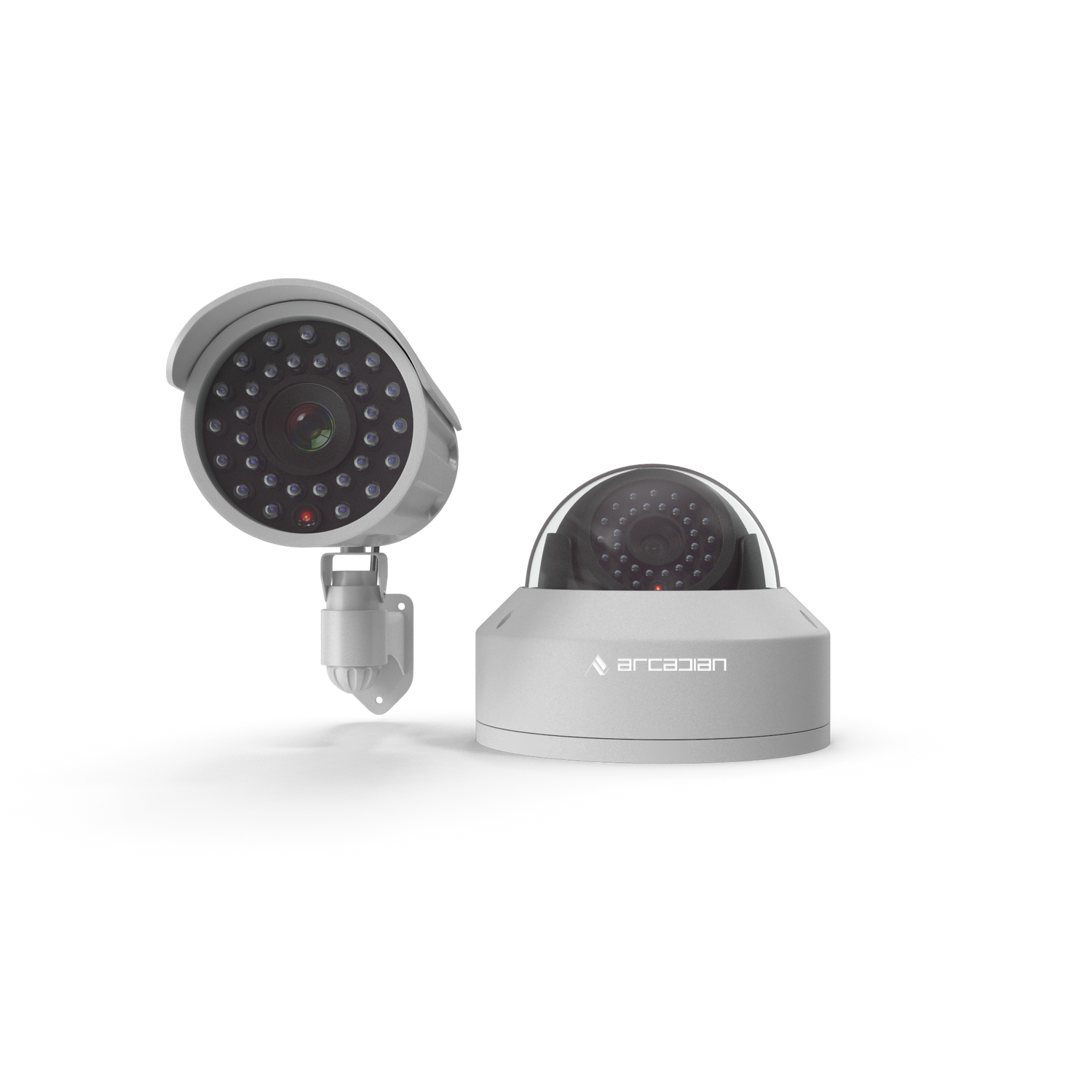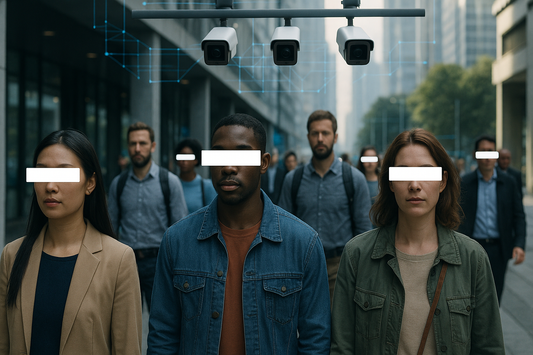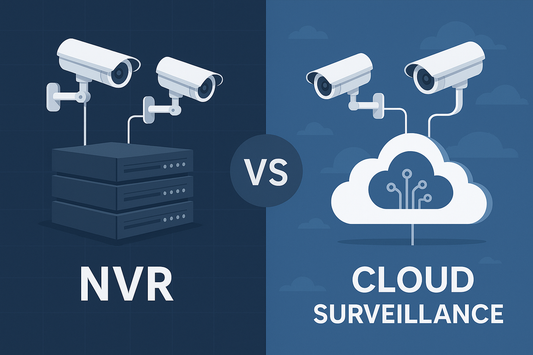Introduction: A New Era of Security Monitoring
In an age where threats are becoming increasingly complex, traditional security monitoring systems are no longer enough to safeguard businesses, assets, and people. Modern operations require advanced security monitoring software that combines cutting-edge technology with intelligent features to provide real-time, comprehensive protection.
In this blog, we’ll explore the key features of advanced security monitoring software, showcasing how these systems elevate security from reactive to proactive, ensuring robust protection for businesses of all sizes.
1. AI-Powered Video Analytics
What It Is:
AI-powered video analytics uses machine learning algorithms to analyze live and recorded video footage, identifying potential threats and anomalies.
Key Features:
-
Behavioral Analysis: Detects suspicious activities, such as loitering or unauthorized access.
-
Object Recognition: Identifies specific objects like weapons, bags, or vehicles.
-
Facial Recognition: Matches faces against watchlists or employee databases for access control.
Example:
A logistics hub implemented video analytics to monitor high-risk zones, reducing theft by 30% in the first six months.
Stat: Businesses using AI-powered video analytics report a 40% improvement in threat detection accuracy (Source: Gartner).
2. Real-Time Alerts and Notifications
What It Is:
Advanced monitoring software sends instant alerts to designated personnel when it detects security breaches or anomalies.
Key Features:
-
Customizable Alerts: Tailor notifications for specific events, such as entry into restricted areas or unusual activity after hours.
-
Multi-Channel Delivery: Alerts are sent via SMS, email, or mobile apps to ensure immediate response.
-
Priority Levels: Assign severity levels to alerts, ensuring critical issues are addressed promptly.
Example:
A retail chain prevented a break-in after receiving a real-time alert triggered by motion detection in its warehouse loading bay.
3. Integration with IoT and Access Control Systems
What It Is:
Seamless integration with IoT devices and access control systems enhances the software’s capabilities, creating a unified security ecosystem.
Key Features:
-
IoT Sensors: Integrates with environmental sensors to monitor temperature, humidity, and more.
-
Access Control: Syncs with badge readers or biometric systems to verify personnel identity.
-
Automation: Automatically locks doors or triggers alarms when a breach is detected.
Example:
A pharmaceutical warehouse integrated its monitoring software with IoT temperature sensors to protect sensitive goods, ensuring compliance with industry regulations.
4. Cloud-Based Storage and Remote Access
What It Is:
Cloud-based systems enable secure storage of video footage and allow authorized users to access data from anywhere.
Key Features:
-
Scalable Storage: Store large amounts of footage without investing in physical hardware.
-
Remote Monitoring: View live feeds and access historical data through web or mobile apps.
-
Data Encryption: Ensures secure transmission and storage of sensitive information.
Stat: Businesses using cloud-based monitoring systems save an average of 20% on infrastructure costs (Source: Forrester).
5. Predictive Analytics and Threat Forecasting
What It Is:
Predictive analytics leverages historical data and machine learning to anticipate potential security threats before they occur.
Key Features:
-
Anomaly Detection: Identifies patterns or behaviors that deviate from the norm.
-
Risk Mapping: Highlights high-risk areas and times based on past incidents.
-
Proactive Measures: Suggests actions, such as increasing patrols in vulnerable areas.
Example:
A warehouse reduced unauthorized access attempts by 25% after implementing predictive analytics to forecast high-risk times.
6. Centralized Dashboard for Multi-Site Management
What It Is:
A centralized dashboard consolidates data from multiple sites, providing a unified view of all security operations.
Key Features:
-
Live Monitoring: View real-time feeds from multiple locations on a single screen.
-
Incident Logs: Access detailed records of past security events for audits and investigations.
-
Customizable Interface: Tailor dashboards to display relevant metrics and data.
Example:
A retail chain used a centralized dashboard to monitor 50 stores, reducing response times to incidents by 20%.
7. Automated Incident Reporting
What It Is:
Advanced systems automate the documentation of security events, saving time and ensuring accuracy.
Key Features:
-
Incident Tagging: Tags footage with time, location, and incident type.
-
Compliance Reports: Automatically generates reports for regulatory bodies.
-
Audit Trails: Maintains a detailed log of all security activities.
Stat: Businesses with automated reporting systems reduce manual reporting errors by 50% (Source: Ponemon Institute).
8. Customizable Analytics and Insights
What It Is:
Advanced software provides actionable insights to help businesses improve their security protocols and operations.
Key Features:
-
Heat Mapping: Identifies high-traffic areas to optimize camera placement or workflow.
-
Resource Allocation: Suggests staffing adjustments based on activity patterns.
-
Trend Analysis: Tracks recurring issues to recommend preventive measures.
Example:
A logistics company used heat mapping to redesign its warehouse layout, improving efficiency by 15%.
Comparison Table: Traditional vs. Advanced Security Monitoring Software
| Feature |
Traditional Systems |
Advanced Monitoring Software |
| Threat Detection |
Manual monitoring |
AI-powered, proactive alerts |
| Storage |
On-premises |
Cloud-based, scalable |
| Integration |
Limited |
Seamless with IoT and access control |
| Predictive Capabilities |
None |
Threat forecasting with AI |
| Incident Reporting |
Manual |
Automated, real-time |
9. Key Benefits of Advanced Security Monitoring Software
-
Proactive Threat Mitigation: AI detects and addresses risks before they escalate.
-
Enhanced Operational Efficiency: Automates routine tasks like reporting and surveillance.
-
Improved Cost-Effectiveness: Reduces infrastructure costs through cloud storage and scalability.
-
Scalability and Flexibility: Easily adapt to growing or changing security needs.
-
Regulatory Compliance: Simplifies adherence to industry standards with automated reporting and data encryption.
Conclusion: The Future of Security Monitoring
Advanced security monitoring software is redefining how businesses protect their assets, employees, and operations. By leveraging AI, cloud technology, and seamless integrations, these systems provide a comprehensive, scalable, and proactive approach to security management.
Ready to elevate your security monitoring?
👉 Contact Arcadian.ai today to explore cutting-edge solutions tailored to your business.
Visit Us on Social Media
💼 LinkedIn
🌐 Facebook
📸 Instagram
🎥 YouTube
🎬 TikTok
🐦 X








